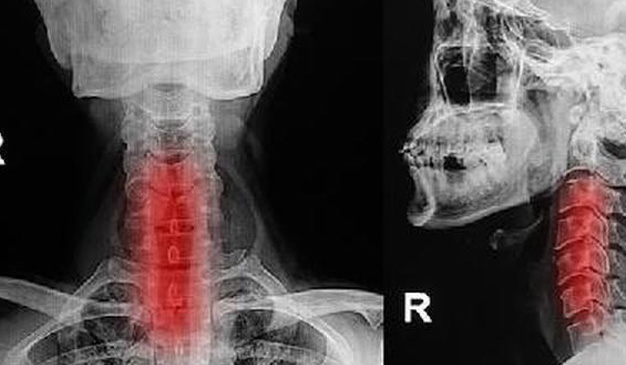
December 30, 2023
Lymphoma is a malignant tumor involving the lymphatic system, including multiple subtypes such as Hodgkin lymphoma and non-Hodgkin lymphoma. Pathological examination of lymphoma is a critical step in the diagnosis and treatment planning process. This article will introduce the main items of lymphoma pathological examination to help readers better understand the disease.

1. Lymph node biopsy
Lymph node biopsy is one of the most commonly used methods for tumor pathology examination. Lymph node tissue samples are collected through surgery or puncture. After histological and immunohistochemical staining, the presence of lymphoma cells in the lymph nodes can be determined. Lymph node biopsy can also evaluate the extent, cell type and distribution of lesions, providing a basis for the identification of lymphoma subtypes.
2. Embedding sections and immunohistochemical staining
By cutting lymph node tissue into thin sections and then performing tissue staining and immunohistochemical staining, the cytomorphological characteristics and immunophenotypic expression of lymphoma lesions can be further studied. These stains can help pathologists determine the subtype of lymphoma and differentiate lymphoma from other conditions, such as inflammatory reactions.
3. Flow cytometry
Flow cytometry is a method used to analyze individual cell surface markers or intracellular markers. In the pathological examination of lymphoma, flow cytometry can be used to analyze the antigens and antibodies on the surface of lymph node cells to determine the type and molecular subtype of lymphoma.
4. Genomic Analysis
In recent years, genomic analysis has played an increasingly important role in the pathological examination of lymphoma. By sequencing and analyzing the genome of lymphoma cells, genetic abnormalities, chromosomal rearrangements, and mutations associated with lymphoma can be identified. This helps identify lymphoma subtypes and predict patient prognosis.
5. Molecular biology examination
Molecular biology tests can detect chromosomal rearrangements and genetic mutations in lymphoma cells. Techniques such as polymerase chain reaction (PCR) and fluorescence in situ hybridization (FISH) are often used to detect abnormalities in specific genes, such as BCL2, MYC, and BCL6, which are associated with the development and prognosis of lymphoma.
Lymphoma pathology examination items provide important information to identify lymphoma subtypes, assess the condition, and guide treatment strategies. By gaining an in-depth understanding of the different items of lymphoma pathological examination, clinicians and pathologists can better diagnose and treat lymphoma, thereby improving patients' survival rates and quality of life. In the future, with the continuous advancement of science and technology, lymphoma pathological examination will be further improved to provide more personalized and precise treatment plans for lymphoma patients.